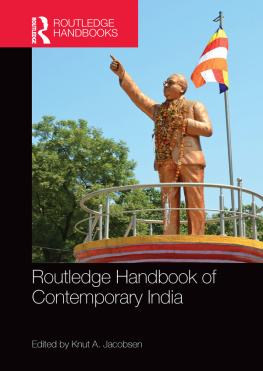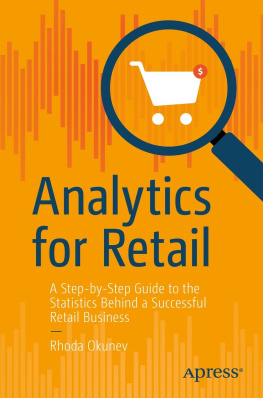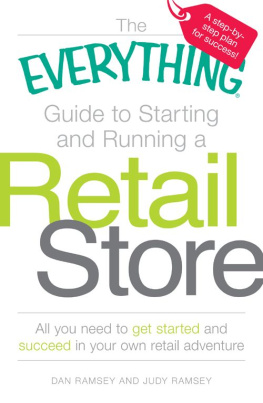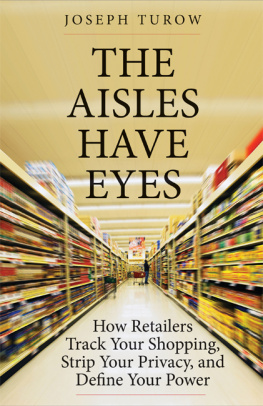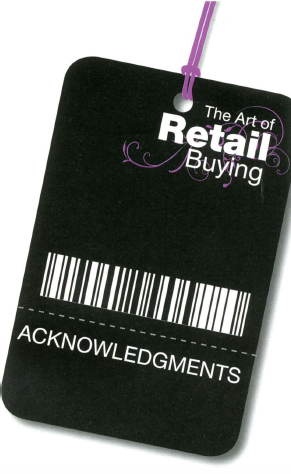Contents

Copyright 2009 by John Wiley & Sons (Asia) Pte. Ltd.
Published in 2009 by John Wiley & Sons (Asia) Pte. Ltd.
2 Clementi Loop, #02-01, Singapore 129809
All rights reserved.
No part of this publication may be reproduced, stored in a retrieval system or transmitted in any form or by any means, electronic, mechanical, photocopying, recording, scanning or otherwise, except as expressly permitted by law, without either the prior written permission of the Publisher, or authorization through payment of the appropriate photocopy fee to the Copyright Clearance Center. Requests for permission should be addressed to the Publisher, John Wiley & Sons (Asia) Pte. Ltd., 2 Clementi Loop, #02-01, Singapore 129809, tel: 65-64632400, fax: 65-64646912, e-mail: .
This publication is designed to provide accurate and authoritative information in regard to the subject matter covered. It is sold with the understanding that the Publisher is not engaged in rendering professional services. If professional advice or other expert assistance is required, the services of a competent professional person should be sought.
Photos from Getty Images and Leng Peng Fashion Book Centre
Other Wiley Editorial Offices
John Wiley & Sons, Inc., 111 River Street, Hoboken, NJ 07030, USA
John Wiley & Sons Ltd., The Atrium Southern Gate, Chichester P019 8SQ, England
John Wiley & Sons (Canada) Ltd., 5353 Dundas Street West, Suite 400, Toronto, Ontario, M9B 6HB, Canada
John Wiley & Sons Australia, Ltd., 42 McDougall Street, Milton, Queensland 4064, Australia
Wiley-VCH, Boschstrasse 12, D-69469 Weinheim, Germany
Library of Congress Cataloging-in-Publication Data
ISBN: 978-0-470-82322-4
Dedication
To Stephen Wayne Johnson, my husband, my best friend and my hero
Special Thanks
Patrick Chai Eut Marketing
Leng Peng Fashion Book Centre
Arthur Yen
Kelvin Quek Goldlion
Deirdre Ball
To my friends Arthur, Adela, Doy, Aileen, Franco, GK, Jana, Kelvin, Patrick, Vish and Yoka: no formal introduction needed; you are my best.
To my husband Steve, who believes that books and friends should be few but good. Thanks for believing in and supporting this project.
To all the buyers, assistant buyers, merchandise managers, sales managers and dedicated sales staff with whom I have had the pleasure of working in the past 28 years: you have made me laugh, inspired and thrilled me, at times exasperated me but, most of all, imprinted wonderful memories that I will cherish always.
To my great friend Franco Guidotti, who shared with me his vast knowledge of Italian fashion, products, food and the Italian way of doing things. You have been a constant source of inspiration, and given me insights into design, sophistication and splendor.
As competition continues to escalate at a significant rate, retailers must utilize all their knowledge to keep pace with other merchants in the marketplace. Being able to forecast accurately the needs of their customers and satisfy them with the appropriate merchandise takes a great deal of experience and know-how. Perhaps more than anyone else in a retail organization, it is the buyers and merchandisers who are responsible for ensuring that the stores merchandise mix has the appeal to turn browsers into shoppers.
Although the sophisticated technology available to retail organizations today is an enormous help to buyers and merchandisers, their task still requires a great deal of knowledge and hands-on experience.
This book enables readers to examine the role of buyers and merchandisers, the qualifications, qualities and abilities required for the job, and how their decisions affect the business. Buyers who want to be successful must understand the climate within which they work. This environment consists of numerous components such as customers, types of retailers, the strategic planning process and the organization within which the buyer operates.
At one time or another, you have probably heard someone say: Retail isnt rocket science. All you need to do is buy stuff and then sell it! To the outsider, it may seem easy enough but those of us in the industry know better. Sure, the basic principles of buying can be learnt, particularly the general knowledge needed by all buyers in their day-to-day activities. But mastering the art of buying is something else.
What makes retail complex is that there are literally billions of buying options open to buyers. Take the approximately 195 countries in the world, multiply this by the number of manufacturers in each, and then multiply that by the number of items each makes just in that particular segment of the buyers business and it gives you a pretty good idea of the complexity involved.
The tricky part is to sift through all these offers to find the right items that suit the retailers customers. The task of selecting catalogs of merchandise the buyers anticipate will sell is only the first step. Then come the decisions of how much, in what colors, in what sizes, delivered in which months and placed in which locations, for all of these components to make a profit.
Retail is not for the faint-hearted. It takes a lot of hard work, dedication and the will to win customer loyalty. To gain and retain customers, you must first position yourself as the retailer of choice in the consumers minds. This can be achieved by having the right merchandise of the right quality at the right price in the right location at the right time. There has been much talk about giving customers excellent or outstanding service but, unfortunately, not enough emphasis has been given to the core of the retail business: its products.
Retailers will, no doubt, agree that buyers are required to understand and use quantitative analysis in their day-to-day decision-making. Statistics on business performance are linked to consumer-spending behaviors which, in turn, are linked to strategic processes in selecting merchandise that will drive peoples ability and willingness to buy.
Retail is BIG business. Worldwide retail sales are estimated to exceed US$7 trillion and 30% of these sales are generated by the top 200 largest retailers. So staying ahead of the game requires todays retailers to be smarter in managing and controlling what goes on their shelves. It is essential for professional buyers to focus on their product selections, and ensure that these selections are products that will satisfy consumer expectations and demands. In essence, professional retail buying is about being able to anticipate consumer demands and create ideas that combine and combust into exciting products that fulfill the consumers desires.
The Art of Retail Buying shares with you some of the secrets of the trade, including how to build a range of products and why some products are selected over others. Whether you are currently working in the industry or are looking to become involved in buying, I hope this book will prove both inspirational and informative. Even old dogs can learn new tricks.
In the summer of 2006, I was approached by People Skills Asia to create a syllabus on retail buying for buyers in Asia. There was a need for a professional buying course applicable for Asian retailers that would tackle issues particular to the Asian region. People in the retail industry found that the courses available were too academic and theoretical for practical implementation.


